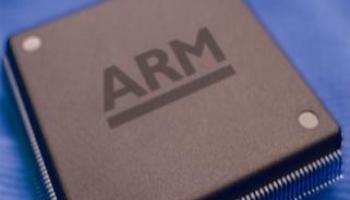Microsoft Licenses ARM Chip Architecture

ARM Holdings has signed a deal to give Microsoft access to its chip blueprints for phones and other devices
Microsoft has signed a deal with British chip manufacturer ARM Holdings – which provides the processors for most of the world’s leading smartphones – to license the company’s architecture and gain access to processor blueprints.
The benefit to Microsoft of such a deal is unclear, but some industry commentators have speculated that it would allow Microsoft to customise chips to suit its own software.
 The deal builds on a long-standing relationship between the two companies, which has led to Microsoft producing mobiles and embedded devices containing ARM processors. Microsoft claims that closer access to the ARM technology will enable to company to enhance its research and development activities.
The deal builds on a long-standing relationship between the two companies, which has led to Microsoft producing mobiles and embedded devices containing ARM processors. Microsoft claims that closer access to the ARM technology will enable to company to enhance its research and development activities.
“Microsoft is an important member of the ARM ecosystem, and has been for many years,” said Mike Muller, CTO of ARM. “With this architecture license, Microsoft will be at the forefront of applying and working with ARM technology in concert with a broad range of businesses addressing multiple application areas.”
Clever alliance?
Microsoft is now one of a select few companies, along with Infineon, Qualcomm and Marvell, that can access ARM’s architecture. This could be a canny move, as some industry commentators consider ARM to be one of the IT industry’s best-kept secrets – particularly as it has successfully managed to keep chip giant Intel at bay in the mobile space.
Apple was rumoured to be considering a multi-billion pound takeover of ARM Holdings earlier this year, as the company provides chips for Apple’s iPhone, iPod touch and iPad. The news drove ARM stock prices up to an eight-year high, but ARM executives were quick to play down the rumours.
“Exciting though it is to have the share price pushed up by these rumours, common sense tells us that our standard business model is an excellent way for technology companies to gain access to our technology,” said ARM CEO Warren East at the time. “ Nobody has to buy the company.”